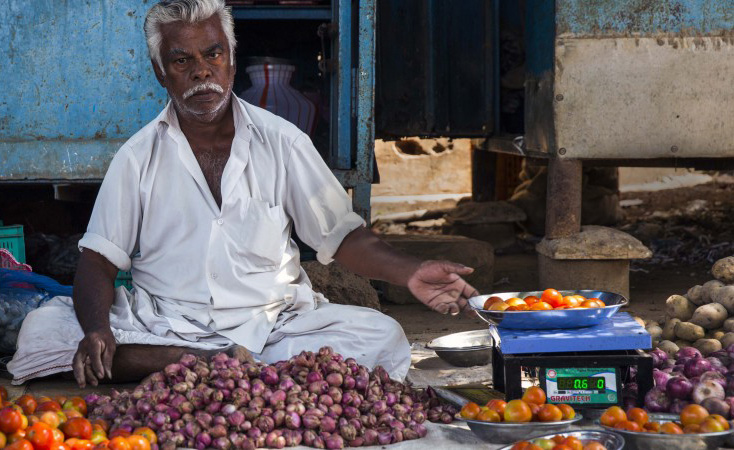Political Theatre
Price Controls in Sri Lanka
In an article in the Economic and Political Weekly in 1987, Sri Lanka was identified as the most controlled and restricted economy outside the Soviet bloc. Although economic freedom followed, price controls are still "perceived" to be an effective form of market governance. We prove this wrong.
A limited survey carried out by Advocata and Breakthrough Business Intelligence, a comparison of controlled prices (over a ten month period) against retail prices as per the open market weekly average retail prices, showed that of 13 basic groceries only one (milk powder) was being consistently sold at the controlled price throughout the entire period.
| Item | Controlled Price | Retail Price |
| Rs/Kg | Rs/Kg | |
| Chickpeas (Kadala) | 260 | 271 |
| B-Onions (imported) | 78 | 111 |
| Katta Karawala | 1100 | 1313 |
| Green Gram | 205 | 258 |
| Mysore Dhal | 159 | 179 |
“Price controls, tend to have unintended consequences and product quality can suffer”
– Ravi Ratnasabapathy, Resident Fellow, Advocata

Key Recommendations
1. Little serious attempt appears to be made to impose the price controls on basic foodstuffs, particularly in the public markets. The controls encourage sub-optimal behaviour including the sourcing of poor quality or substandard items. Abolishing the controls will have minimal impact on prices while improving choice
2. Taxes, specifically the Special Commodity Levy and CESS play a significant role in raising consumer prices. Creating the fiscal space for simplification of the system, moving to uniform rates and the lowering taxes of taxes should lead to lower prices.